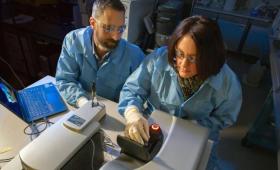ConserV Bioscience Limited (CBL) and Lawrence Livermore have agreed to collaborate on the development of a broad-spectrum or “universal” coronavirus vaccine.
Science and Technology
in the News
Science and Technology
in the News
News Center

A paper coauthored by a Laboratory scientist received the IEEE Winter Conference on Applications of Computer Vision’s Best Paper Honorable Mention award.
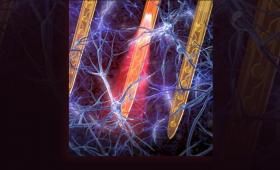
The Laboratory has developed an ultra-compact, lightweight and minimally invasive optoelectronic neural implant that could be used for long-term studies of brain activity.
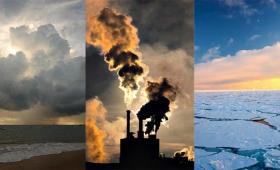
The planet is committed to global warming in excess of 2 degrees Celsius (3.6 degrees Fahrenheit) just from greenhouse gases that have already been added to the atmosphere.
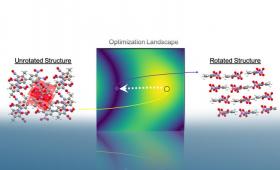
Livermore scientists have developed a freely available package, Autopack, which can automatically process and label the packing motifs of thousands of molecular crystal structures.
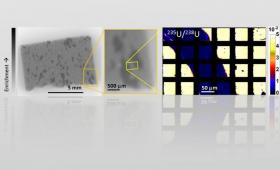
Livermore scientists identified nuclear forensic signatures from mock evidence in support of an international exercise simulating a nuclear smuggling investigation.
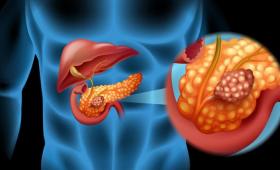
Georgetown University, and Livermore scientists and collaborators have identified a protein that when removed from the body may help pancreatic cancer patients live longer.
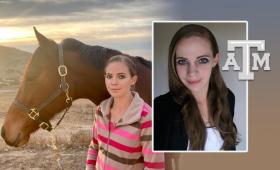
Texas A&M University’s Department of Nuclear Engineering has honored Livermore physicist Kelli Humbird with its 2020–21 Young Former Student Award.
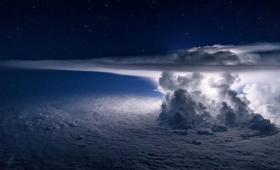
Livermore scientists found that climate models may have overestimated the decade-to-decade natural variability of temperature.

Bronis de Supinski, Livermore Computing’s chief technology officer, has been named an IEEE fellow.


